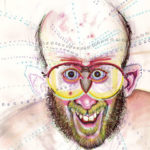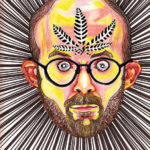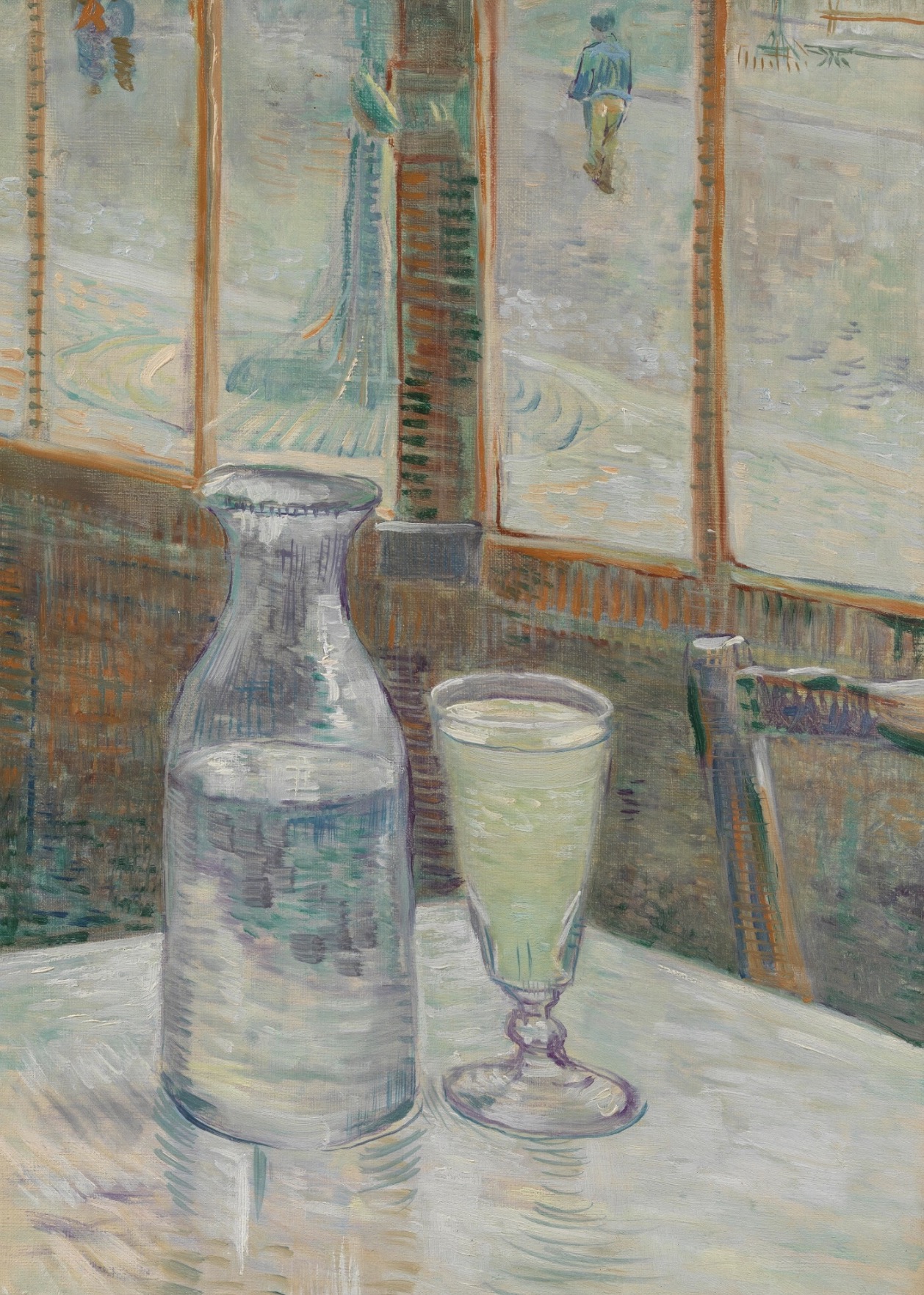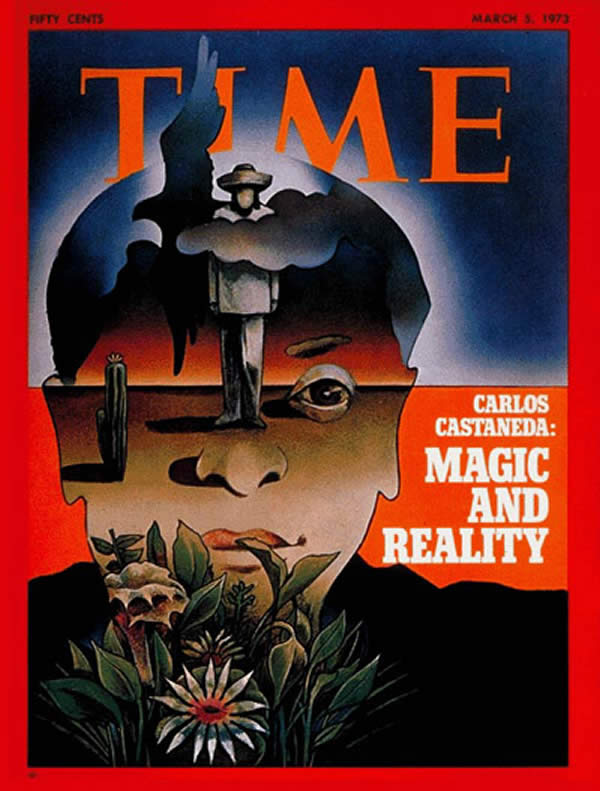The exploratory act of taking drugs to create art could be classified as a criminal engagement whether for attainment, use, or possession of certain illicit drugs. The relationship between drugs and crime has a long history. Drugs can be connected to crime in multiple ways. For example, the immediate effect of drugs on someone’s mind or body may influence an altered physical or mental state leading to aggression or crime. In addition, an addicted drug user may undergo violent means of action in order to retrieve and use a drug they do not have the funds for. This could lead to crimes such as burglary, theft, robbery, and assault. Let’s not forget the illegality of some psychoactive substances because even the possession of a drug is a criminal offense. There are high levels of criminal offending among drug users and therefore gives the “drug experience” a negative connotation.
Despite the criminal association with drugs, the influence of drugs on art could be one of transformation. We should explore the influence of drugs on creativity and expansion of the mind and its effect on artistic expression. Bryan Lewis Saunders is an artist who experimented with the effects of drugs on his brain and the way he drew self-portraits under the influence. Wouldn’t his accumulation of illegal substances such as bath salts, butane honey oil, cocaine, crystal meth, morphine, DMT, heroin, LSD, marijuana, and a handful of more, be criminal? Saunders said, “For me, comfort zones seem to facilitate skill but hinder my creativity.” The further art culture moves out of its “comfort zones” the more ideas will be changing, unfamiliar and strange. These themes are represented in Saunders’ art through color and style.
How have drugs transformed art? A lot of experimentation with drugs happened during the 1960’s. Some artists influenced by use of drugs also defied the stereotypical psychedelic style by being conceptually psychedelic or inducing philosophical thought. This connects to the many functions of art including self-expression, entertainment, introspection, inspiring discussion, social commentary and propaganda. Art created under the influence of drugs also asks people to think about their own perceptions and allow themselves to be imaginatively seduced into viewing the world in different ways. This suggests participation in the use of illegal drugs to expand the mind and create alternative and expressive art?
Considering functions of art, Brian Pollett, also known as “Pixel Pusher,” is a digital artist who similarly underwent a drug-induced creative strategy. Pollett took a variety of different drugs to create thought-provoking visual series to capture the essence of each drug and how it altered his state of mind. Some of these drugs included MDMA, cocaine, amphetamine, THC, alcohol, LSD, and Psilocybin. He explained his artistic purpose was to create opportunities to educate, whether related to psychedelics or art. Through his use of color, shape and tone, Pollett created digital representations of the how each drug caused him to perceive the base template of a woman’s side profile. The result expected to educate the audience about each specific experience. Could the means by which he chose to “educate” his audience criminalize his art? The result of his actions under the influence did not facilitate aggression or petty crime but merely a creation of altered reality.
This suggests how society is limited in expression by criminal law and restricts a world of potential for the expansion of the mind and altered perception.










